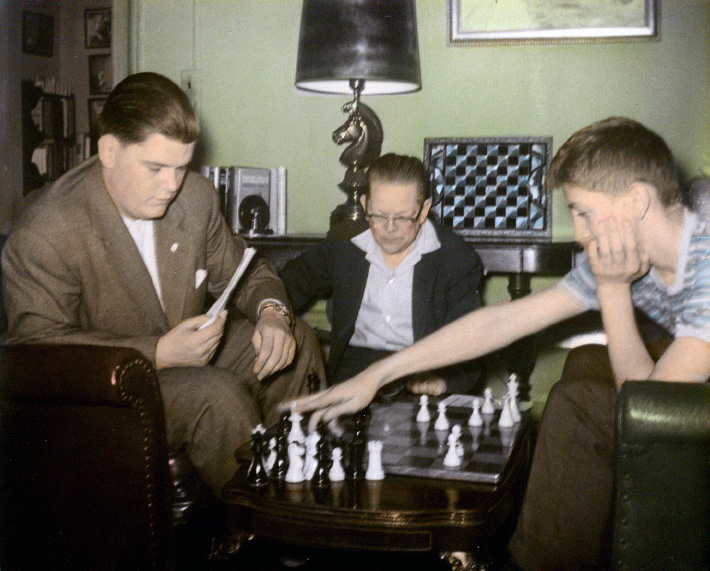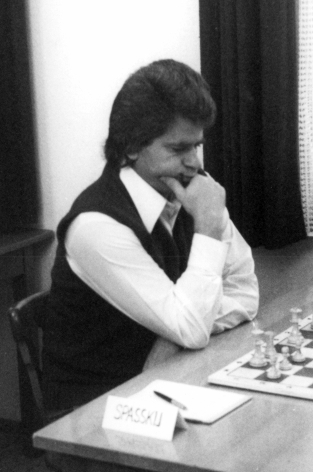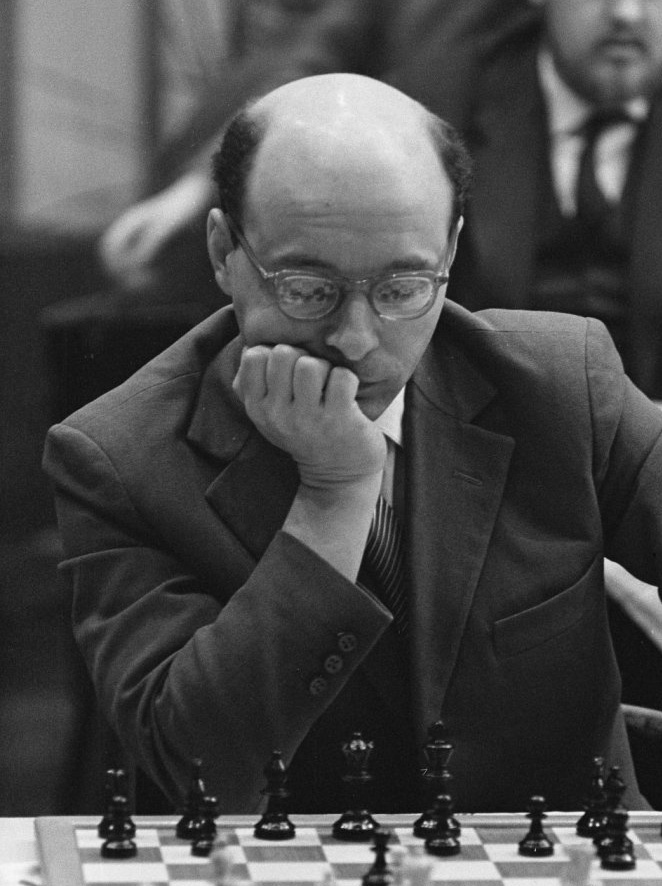|
King's Gambit
The King's Gambit is a chess opening that begins with the moves: :1. e4 e5 :2. f4 White offers a pawn to divert the black e-pawn. If Black accepts the gambit, White may play d4 and Bxf4, regaining the gambit pawn with domination, or direct their forces against the weak square f7 with moves such as Nf3, Bc4, 0-0, and g3. A downside to the King's Gambit is that it weakens White's king's position, exposing it to the latent threat of ...Qh4+ (or ), which may force White to give up castling rights. The King's Gambit is one of the oldest documented openings, appearing in the earliest of chess books, Luis Ramírez de Lucena's ''Repetición de Amores y Arte de Ajedrez'' (1497). It was examined by the 17th-century Italian chess player Giulio Cesare Polerio. The King's Gambit was one of the most popular openings until the late 19th century, when improvements in defensive technique led to its decline in popularity. It is infrequently seen at master level today, as Black has severa ... [...More Info...] [...Related Items...] OR: [Wikipedia] [Google] [Baidu] |
Open Game
An Open Game (or Double King's Pawn Opening) is a generic term for a family of chess openings beginning with the moves: :1. b:Chess Opening Theory/1. e4, e4 b:Chess Opening Theory/1. e4/1...e5, e5 White has moved the king's pawn two squares and Black has replied in kind. The result is an Open Game. Other responses to 1.e4 are termed Semi-Open Games or Single King's Pawn Games. When written in lowercase, the term "open game" refers to a chess position where , and are open, and tending to more Chess tactic, tactical gameplay. It is possible that an Open Game may lead to a . Analysis White opens by playing 1.e4, which is the most popular opening move and has many strengths – it immediately stakes a claim in the , and frees two pieces (the queen (chess), queen and king's bishop (chess), bishop) for action. The oldest openings in chess follow 1.e4. Bobby Fischer wrote that 1.e4 is "Best by test." On the negative side, 1.e4 places a pawn (chess), pawn on an undefended square and w ... [...More Info...] [...Related Items...] OR: [Wikipedia] [Google] [Baidu] |
Bobby Fischer
Robert James Fischer (March 9, 1943January 17, 2008) was an American Grandmaster (chess), chess grandmaster and the eleventh World Chess Championship, World Chess Champion. A chess prodigy, he won his first of a record eight US Chess Championship, US Championships at the age of 14. In 1964, he won with an 11–0 score, the only perfect score in the history of the tournament. Qualifying for the World Chess Championship 1972, 1972 World Championship, Fischer swept matches with Mark Taimanov and Bent Larsen by 6–0 scores. After winning another qualifying match against Tigran Petrosian, Fischer won the title match against Boris Spassky of the Soviet Union, USSR, in Reykjavík, Iceland. Publicized as a Cold War confrontation between the US and USSR, the match attracted more worldwide interest than any chess championship before or since. In 1975, Fischer World Chess Championship 1975, refused to defend his title when an agreement could not be reached with FIDE, chess's internat ... [...More Info...] [...Related Items...] OR: [Wikipedia] [Google] [Baidu] |
Vasik Rajlich
Vasik Rajlich (born 19 March 1971) is an International Master in chess and the author of Rybka, previously one of the strongest chess playing computer chess, programs in the world. Biography Rajlich is a dual Czechoslovakian-American citizen by birth; he was born in Cleveland, Ohio, to Czech parents, at that time graduate students, but grew up in Prague. His father was Czech computer scientist Vaclav Rajlich. He later spent years in the United States as a student, graduating from Massachusetts Institute of Technology (MIT). He married Iweta Rajlich, Iweta Radziewicz on 19 August 2006. Iweta, who is also an International Master in chess, helps him with the development of Rybka as its tester. In April 2012, the couple was living in Budapest, Hungary, and had one child, a son. In April 2012, Rajlich participated in an April Fools' Day, April Fools' Day prank on ChessBase—claiming by using Rybka he had proven to a "99.99999999% certainty" that the accepted King's Gambit is a d ... [...More Info...] [...Related Items...] OR: [Wikipedia] [Google] [Baidu] |
Chessbase
ChessBase is a German company that develops and sells chess software, maintains a chess news site, and operates an internet chess server for online chess. Founded in 1986, it maintains and sells large-scale databases containing the moves of recorded chess games. The databases contain data from prior games and provide engine analyses of games. Endgame tablebases are also provided by the company. ChessBase's Indian YouTube channel ChessBase India has amassed more than 2.5 million YouTube subscribers and more than 2.5 billion total views as of December 2024. History Starting in 1983, Frederic Friedel and his colleagues put out a magazine ''Computer-schach und Spiele'' covering the emerging hobby of computer chess. In 1985, Friedel invited then world chess champion Garry Kasparov to his house. Kasparov mused about how a chess database would make it easier for him to prepare for specific opponents. Friedel began working with Bonn physicist Matthias Wüllenweber who created the first ... [...More Info...] [...Related Items...] OR: [Wikipedia] [Google] [Baidu] |
April Fools' Day
April Fools' Day or April Fool's Day (rarely called All Fools' Day) is an annual custom on the 1st of April consisting of practical jokes, hoaxes, and pranks. Jokesters often expose their actions by shouting "April Fool[s]!" at the recipient. Mass media can be involved with these pranks, which may be revealed as such the following day. The custom of setting aside a day for playing harmless pranks upon one's neighbor has been relatively common in the world historically. Origins Although many theories have been proposed throughout the years, the origin of April Fools' Day is not exactly known. A disputed association between 1 April and foolishness is in Geoffrey Chaucer's ''The Canterbury Tales'' (1392). In the "Nun's Priest's Tale", a vain cock, Chauntecleer, is tricked by a fox "Since March began, full thirty days and two," i.e. the 32nd day from 1 March, which is 1 April. However, it is not clear that Chaucer was referencing 1 April since the text of the "Nun's Priest's Tale" ... [...More Info...] [...Related Items...] OR: [Wikipedia] [Google] [Baidu] |
Zsuzsa Polgar
Susan Polgar (born April 19, 1969, as Polgár Zsuzsanna and often known as Zsuzsa Polgár) is a Hungarian-American chess grandmaster. Polgár was Women's World Chess Champion from 1996 to 1999. On FIDE's Elo rating system list of July 1984, at the age of 15, she became the top-ranked female chess player in the world. In 1991, she became the third woman to be awarded the title of Grandmaster by FIDE. She won eleven medals at the Women's Chess Olympiad (4 gold, 4 silver, and 3 bronze). Also a trainer, writer and promoter, Polgar sponsors various chess tournaments for young players and is the head of the Susan Polgar Institute for Chess Excellence (SPICE) at Webster University. She served as the Chairperson or co-chair of the FIDE Commission for Women's Chess from 2008 until late 2018. Personal life Polgar was born and brought up in Budapest, Hungary, to a Hungarian-Jewish family. In 1994, Polgar married computer consultant Jacob Shutzman, and moved to New York. They have two s ... [...More Info...] [...Related Items...] OR: [Wikipedia] [Google] [Baidu] |
Boris Spassky
Boris Vasilyevich Spassky (; January 30, 1937 – February 27, 2025) was a Russian chess grandmaster who was the tenth World Chess Champion, holding the title from 1969 to 1972. Spassky played three world championship matches: he lost to Tigran Petrosian in World Chess Championship 1966, 1966; defeated Petrosian in World Chess Championship 1969, 1969 to become world champion; then lost to Bobby Fischer in a famous match in World Chess Championship 1972, 1972. Spassky won the Soviet Chess Championship twice outright (1961 USSR Chess Championship (29th), 1961, 1973 USSR Chess Championship, 1973), and twice lost in playoffs (1956 USSR Chess Championship, 1956, 1963 USSR Chess Championship, 1963), after tying for first place during the event proper. He was a Candidates Tournament, World Chess Championship candidate on seven occasions (Candidates Tournament 1956, 1956, Candidates Matches 1965, 1965, Candidates Matches 1968, 1968, Candidates Matches 1974, 1974, Candidates Matches 197 ... [...More Info...] [...Related Items...] OR: [Wikipedia] [Google] [Baidu] |
Grandmaster (chess)
Grandmaster (GM) is a Chess title, title awarded to chess players by the world chess organization FIDE. Apart from World Chess Championship, World Champion, Grandmaster is the highest title a chess player can attain. Once achieved, the title is held for life, though exceptionally the title can be revoked for Cheating in chess, cheating. The title of Grandmaster, along with the lesser FIDE titles of FIDE titles#International Master (IM), International Master (IM), FIDE titles#FIDE Master (FM), FIDE Master (FM), and FIDE titles#Candidate Master (CM), Candidate Master (CM), is open to all players regardless of gender. The great majority of grandmasters are men, but 42 women have been awarded the GM title as of 2024, out of a total of about 2000 grandmasters. There is also a FIDE titles#Woman Grandmaster (WGM), Woman Grandmaster title with lower requirements awarded only to women. There are also Grandmaster titles for composers and solvers of chess problems, awarded by the World Federa ... [...More Info...] [...Related Items...] OR: [Wikipedia] [Google] [Baidu] |
David Bronstein
David Ionovich Bronstein (; February 19, 1924 – December 5, 2006) was a Soviet chess player. Awarded the title of International Grandmaster by FIDE in 1950, he narrowly missed becoming World Chess Champion in World Chess Championship 1951, 1951. Bronstein was one of the world's strongest players from the mid-1940s into the mid-1970s, and was described by his peers as a creative genius and master of tactics. He was also a renowned chess writer; his book ''Zurich International Chess Tournament 1953'' is widely considered one of the greatest chess books ever written. Early life David Bronstein was born in Bila Tserkva, Ukrainian SSR, Soviet Union, to Jewish parents. Growing up in a poor family, he learned chess at the age of six from his grandfather. As a youth in Kiev, he was trained by the renowned International Master Alexander Konstantinopolsky. He finished second in the Kiev Championship when he was only 15, and achieved the Soviet Master title at the age of 16 for hi ... [...More Info...] [...Related Items...] OR: [Wikipedia] [Google] [Baidu] |
Hypermodernism (chess)
Hypermodernism is a school of chess that emerged after World War I. It featured challenges to the chess ideas of central European masters, including Wilhelm Steinitz's approach to the and the rules established by Siegbert Tarrasch. Overview The Hypermodernists demonstrated their new ideas with games and victories. Aron Nimzowitsch, considered the founder and leading practitioner of hypermodernism, showed that games could be won through indirect control of the centre, breaking with Tarrasch's view that the centre must be occupied by pawns. Nimzowitsch advocated controlling the centre with distant pieces rather than with pawns, thus inviting the opponent to occupy the centre with pawns, which can then become targets of attack. This was part of the hypermodern framework, which Nimzowitsch encapsulated in his book '' My System'', which greatly influenced many chess players. It introduced and formalised concepts of the , , undermining, prophylaxis, restraint, rook on the seventh , ... [...More Info...] [...Related Items...] OR: [Wikipedia] [Google] [Baidu] |
Wilhelm Steinitz
William Steinitz (born Wilhelm Steinitz; May 14, 1836 – August 12, 1900) was a Bohemian-Austrian, and later American, chess player. From 1886 to 1894, he was the first World Chess Champion. He was also a highly influential writer and chess theoretician. When discussing chess history from the 1850s onwards, commentators have debated whether Steinitz could be effectively considered the champion from an earlier time, perhaps as early as 1866. Steinitz lost his title to Emanuel Lasker in 1894, and lost a rematch in 1896–97. Statistical rating systems give Steinitz a rather low ranking among world champions, mainly because he took several long breaks from competitive play. However, an analysis based on one of these rating systems shows that he was one of the most dominant players in the history of the game. Steinitz was unbeaten in match play for 32 years, from 1862 to 1894. Although Steinitz became "world number one" by winning in the all-out attacking style that was c ... [...More Info...] [...Related Items...] OR: [Wikipedia] [Google] [Baidu] |





